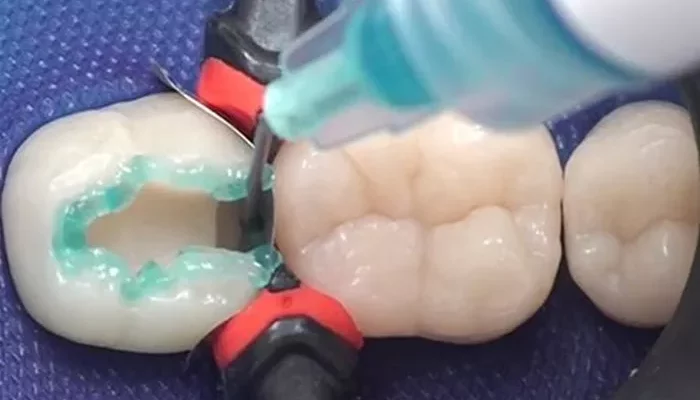Dental amalgam, commonly referred to as silver amalgam or simply amalgam, is a dental filling material that has been used for over a century. It is a mixture of metals, primarily consisting of mercury (about 50%), silver (around 22-32%), tin (approximately 14%), copper (about 8%), and traces of other metals. Despite its long history of use and its durability, concerns about the safety of dental amalgam have arisen, particularly regarding its mercury content. This article aims to provide a comprehensive analysis of the safety of dental amalgam, examining its composition, usage, potential health risks, and current scientific consensus.
Composition and History of Dental Amalgam
Dental amalgam has a long and established history in dentistry. The use of amalgam for dental fillings can be traced back to ancient times, with references in Chinese medical literature dating as far back as the 7th century. However, it was not until the 19th century that amalgam gained widespread popularity as a dental filling material. The composition of amalgam has evolved over time, with various formulations being developed to improve its properties.
The primary component of amalgam is mercury, which acts as a binding agent that allows the other metals to form a stable, durable alloy. Mercury’s ability to bind with other metals and form a strong, hard mass makes it ideal for dental fillings.
Silver, tin, and copper are the other main components of amalgam, each contributing to its overall strength, durability, and corrosion resistance.
Usage of Dental Amalgam
Dental amalgam is primarily used for filling cavities in teeth, particularly in the posterior (back) teeth where it can withstand the forces of chewing and grinding. It is known for its durability and ability to withstand wear and tear over time.
Amalgam fillings can last for many years, often outlasting other types of fillings such as composite resin.
The process of placing an amalgam filling involves several steps. First, the decayed portion of the tooth is removed, and the cavity is prepared to receive the filling. Then, a mixture of amalgam powder and mercury is placed in the cavity and condensed using a special instrument to ensure a tight fit. As the amalgam sets, it hardens to form a strong, durable filling.
Potential Health Risks of Dental Amalgam
Concerns about the safety of dental amalgam primarily stem from its mercury content. Mercury is a known neurotoxin that can cause a range of health problems when exposed to high levels over a long period. However, the amount of mercury released from dental amalgam fillings is generally very low and considered safe for most people.
When amalgam fillings are placed or removed, a small amount of mercury vapor may be released. However, modern dental practices use ventilation and protective measures to minimize exposure to mercury vapor. Additionally, the mercury in amalgam is bound within the alloy and does not readily leak out into the body.
Some studies have suggested that people with a large number of amalgam fillings may have higher levels of mercury in their blood and urine. However, these levels are typically well below the levels considered harmful. Furthermore, there is no conclusive evidence linking amalgam fillings to serious health problems such as cancer, heart disease, or neurological disorders.
Scientific Consensus on the Safety of Dental Amalgam
The safety of dental amalgam has been extensively studied over the years. Multiple scientific reviews and regulatory bodies have evaluated the available evidence and concluded that amalgam fillings are safe for use in dental restorations.
The World Health Organization (WHO) has classified dental amalgam as a material of low concern for human health. The U.S. Food and Drug Administration (FDA) has also reviewed the safety of amalgam and concluded that it is a safe and effective dental filling material. Similarly, the European Commission’s Scientific Committee on Health and Environmental Risks (SCHER) has found no compelling evidence to suggest that amalgam fillings pose a significant health risk.
Despite the scientific consensus on the safety of dental amalgam, some individuals may still have concerns about its use.
For these individuals, alternative filling materials such as composite resin or glass ionomer cement may be considered.
These materials do not contain mercury and can provide similar restoration results, although they may not be as durable as amalgam.
Conclusion
In conclusion, dental amalgam is a safe and effective dental filling material that has been used for over a century. Its durability, strength, and cost-effectiveness make it a popular choice for filling cavities in posterior teeth. While concerns about its mercury content have been raised, the scientific evidence suggests that amalgam fillings are safe for most people.
However, individuals who have concerns about amalgam may opt for alternative filling materials. Ultimately, the decision to use amalgam or an alternative material should be made based on individual patient needs and preferences, as well as the dentist’s professional judgment.
Related topics:

